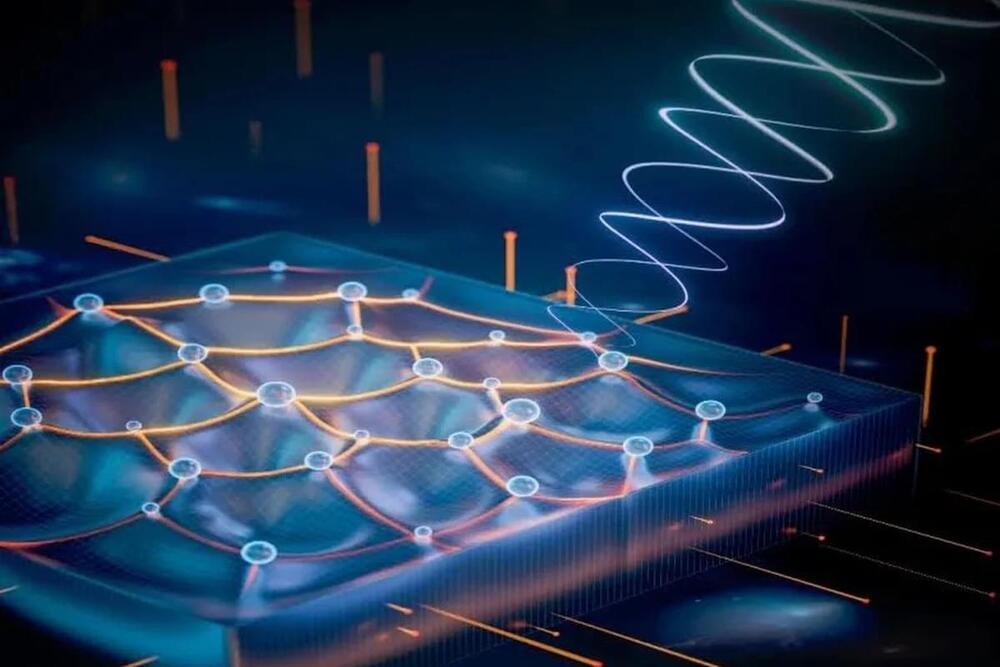Near 99 percent accuracy of bug patching in python programming language.
“The experiment deepens First Light’s ongoing partnership with Sandia National Laboratories, and helps the UK fusion leader to continue developing its unique amplifier approach to inertial fusion,” First Light Fusion explains.
First Light Fusion believes this “strengthens the case” for its “unique amplifier technology.” It also shows that the technology can be used, in theory, on other platforms, too.
In the core of the Sun, hydrogen is fused into lighter elements under extremely high temperatures and pressures. This fusion process produces light but also an incredibly large amount of energy. If we can replicate it on Earth, it could open the door to near-endless, clean energy.







